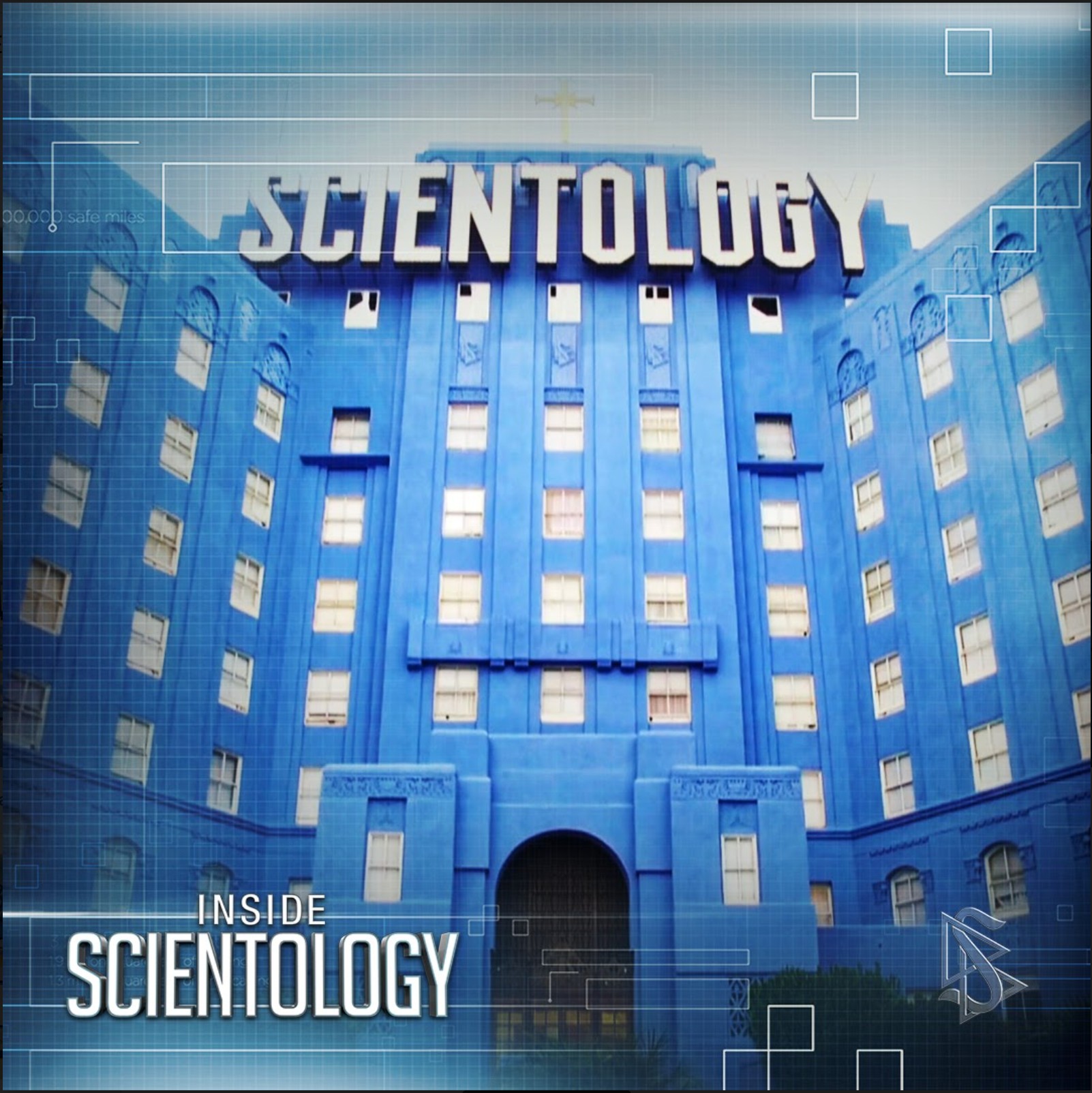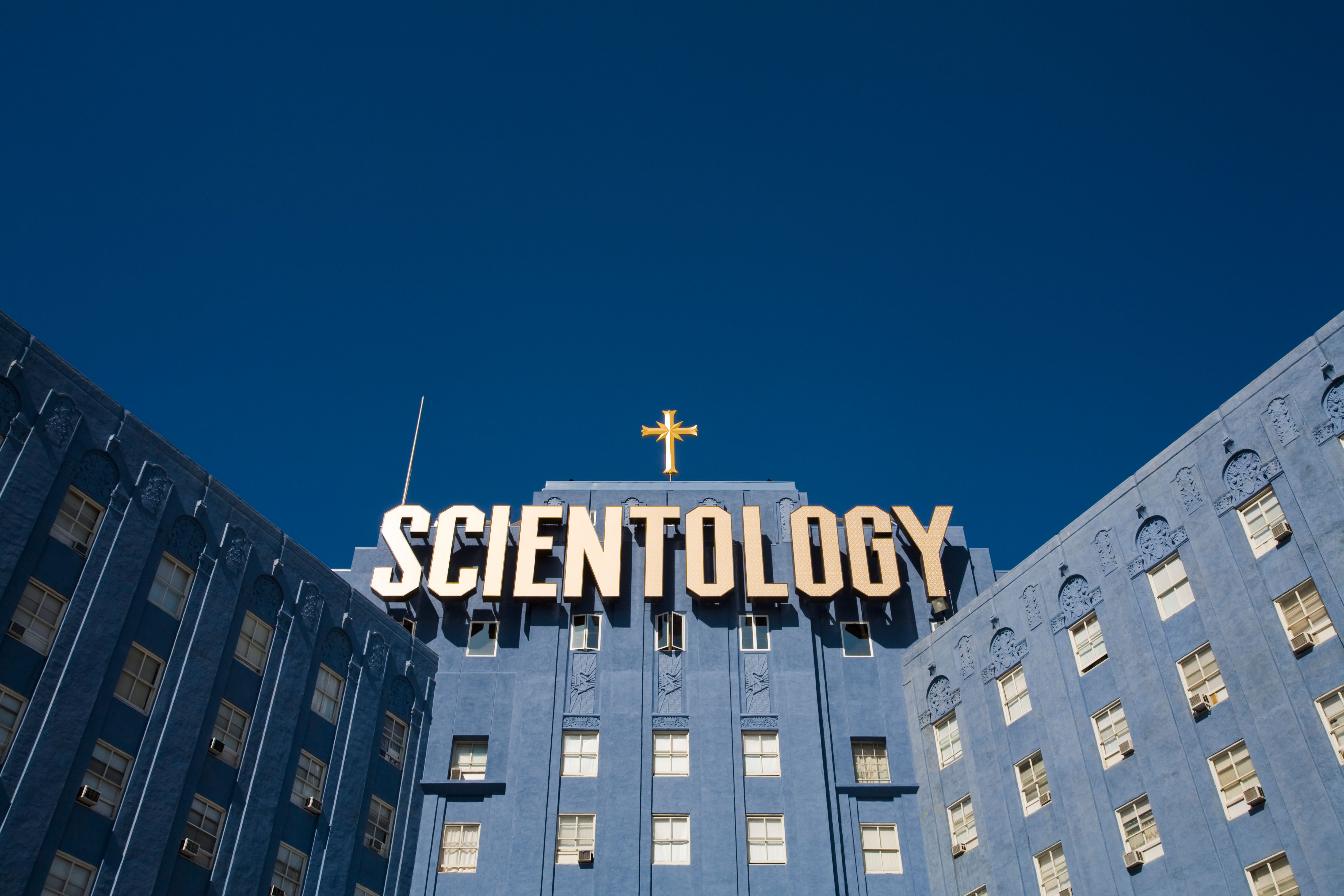Discovering the Background and Practices of Scientology
The world of Scientology is a complex and fascinating one, frequently shrouded in mystery and dispute. With its beginnings rooted in the mid-20th century, the development of this belief system is as remarkable as it is enigmatic. From the enigmatic number of L. Ron Hubbard to the core tenets and practices that form the structure of Scientology, there is much to uncover and understand. Additionally, the debates that have bordered Scientology just include layers to the story, motivating further expedition right into its modern indications.
Beginnings of Scientology
The genesis of Scientology can be traced back to the mid-20th century when L. Ron Hubbard developed and introduced this idea system to the globe. Hubbard, a respected scientific research fiction writer, founded Scientology in the very early 1950s, originally presenting it as a form of self-help therapy called Dianetics. In time, Dianetics developed into Scientology, incorporating spiritual components and an intricate cosmology.
Hubbard's trainings drew from various resources, including Eastern ideologies, Western psychology, and his own experiences. Central to Scientology is the concept of the thetan, a never-ceasing spiritual existing in all people - Scientology. According to Hubbard, thetans are strained by past injuries, known as engrams, which impede personal growth and spiritual recognition
The advancement of Scientology ran the gauntlet and conflict, with some labeling it as a cult due to its deceptive practices and high monetary needs on members. Despite these obstacles, Scientology has grown right into a global motion with a significant existence in numerous nations, bring in followers that look for spiritual enlightenment and personal advancement via its teachings.
Creator and Very Early Impacts

Hubbard's experiences in the Navy during The second world war additionally played a considerable function in shaping his sights on leadership and company, which later affected the framework of Scientology as a spiritual movement - Johannesburg North. Additionally, Hubbard's experiences with diverse societies and belief systems throughout his travels around the globe provided him with a wide point of view that he incorporated right into the teachings of Scientology
Core Beliefs and Practices
Attracting from L. Ron Hubbard's eclectic history and experiences, the core beliefs and techniques of Scientology are deeply rooted in a combination of varied approaches and individual insights. Central to Scientology is the idea that humans are immortal souls called thetans, who have neglected their true nature. With the technique of auditing, which includes a kind of counseling, individuals intend to clear themselves of previous traumas and unfavorable experiences that prevent their spiritual growth. The supreme objective of Scientology is to attain a state of spiritual enlightenment and individual fulfillment called "Clear."
Scientologists likewise stick to the principle of the "Bridge to Total Freedom," a progression of spiritual levels and programs created to guide individuals towards a higher understanding of themselves and their location in deep space - Church of Scientology. The church highlights the relevance of self-improvement, moral living, and helping others as essential elements of their belief system. Generally, Scientology motivates its fans to seek self-awareness, spiritual improvement, and an unified presence with the globe around them

Conflicts Surrounding Scientology
Amidst its worldwide presence and specialized fans, Scientology has been the topic of numerous conflicts that have stimulated intense public examination and discussion. One of the main sources of contention is the company's secretive nature and declared exploitation of its participants. Former participants have actually stepped forward with accounts of economic exploitation, forced labor, and mental adjustment within Scientology facilities. The Church of Scientology's aggressive lawful tactics against doubters and media navigate to these guys electrical outlets have likewise elevated concerns regarding freedom of expression and the abuse of power.

Modern Scientology Activities
Because of the continuous conflicts bordering Scientology, an evaluation of the contemporary activities within the organization exposes advancing practices and methods. Modern Scientology movements have adjusted to the digital age by making use of online platforms for recruitment, outreach, and circulation of their ideas. The Church of Scientology has actually increasingly focused on broadening its international reach via social media projects, on-line training courses, and virtual events to draw in new followers and involve with the general public.
In addition, contemporary Scientology movements have placed a solid focus on area outreach and social programs to enhance their public photo and show their payments to culture. Campaigns such as medicine recovery programs, proficiency projects, and calamity feedback initiatives intend to display the favorable influence Scientology can carry people and areas.
Regardless of these initiatives, contemporary Scientology motions proceed to deal with criticism and scrutiny from previous members, media electrical outlets, and federal government authorities. The company's feedback to these obstacles useful source will likely form the future trajectory of Scientology and its location in the contemporary world.
Conclusion
In conclusion, Scientology has a complex history rooted in the mentors of L. Ron Hubbard and influenced by various thoughtful and spiritual ideas. In spite of disputes surrounding its practices and company, Scientology remains to be a famous religious movement with followers around the globe. Its emphasis on self-improvement and spiritual knowledge remains central to its trainings, forming the ideas and practices of its members.
Comments on “Discovering the Midst: Understanding the Essence of Scientology”